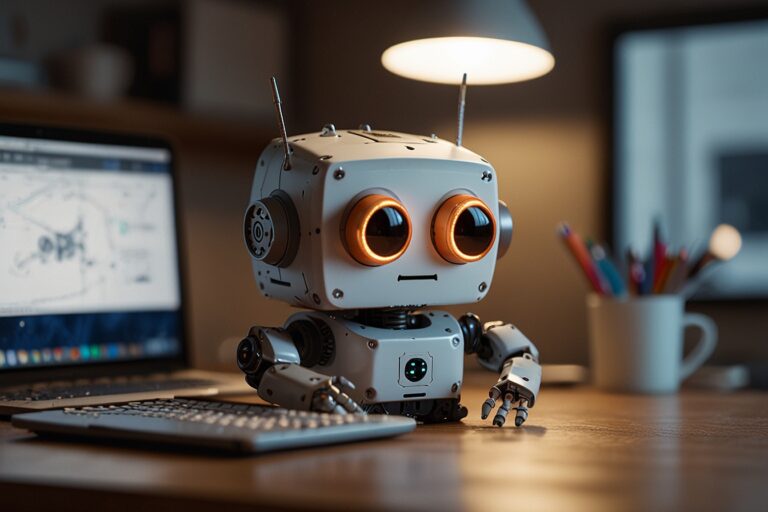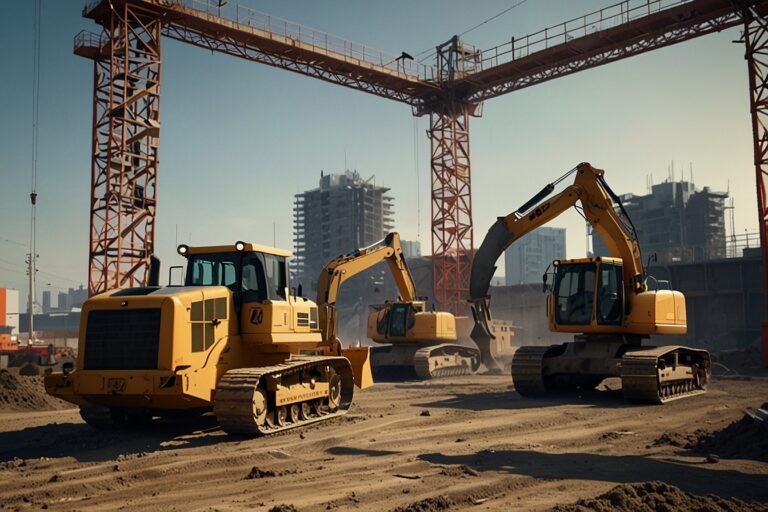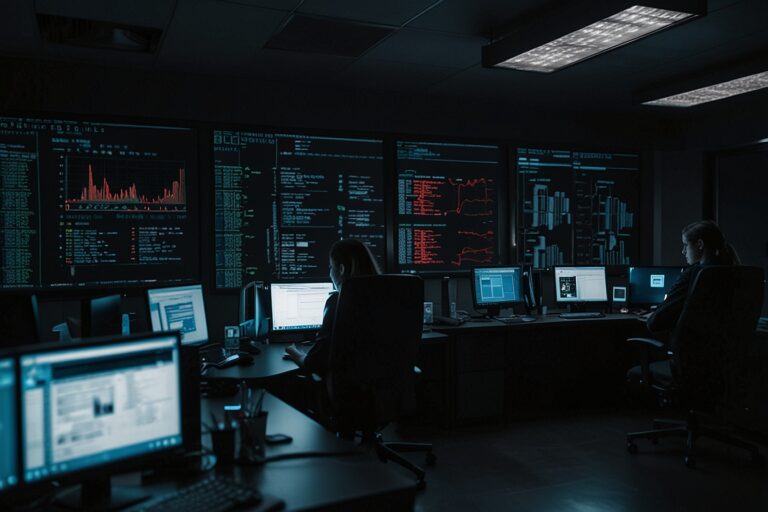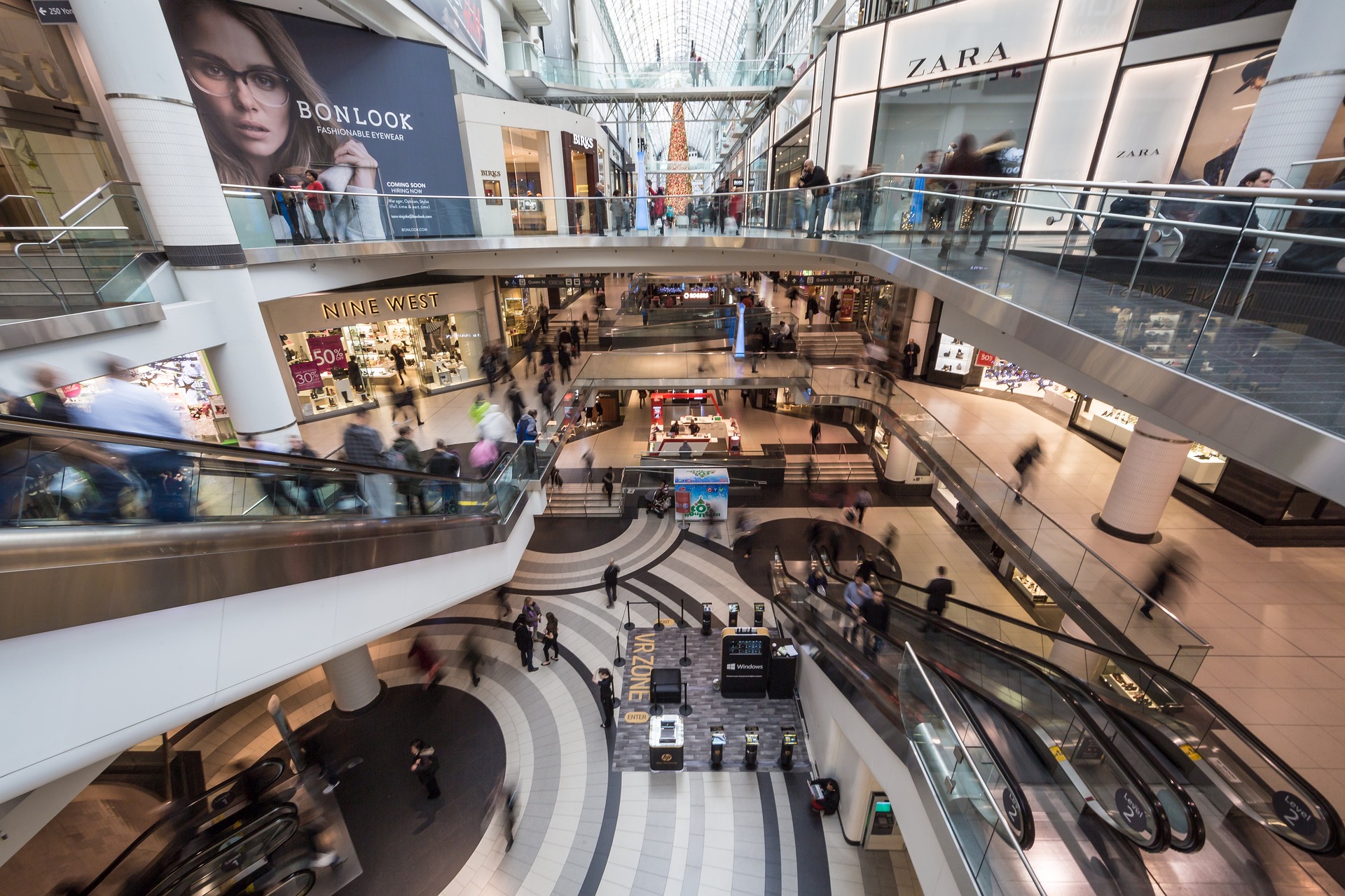
Robots will need sensors to navigate complex human environments
Japanese tech company Panasonic announced that sample shipments of its 3D LiDAR sensor for autonomous robots will start in January 2018. The 3D LiDAR sensor is capable of wide scanning angle, specifically 60 degrees in vertical and 270 degrees in horizontal directions. Conventional LiDARs that are used for autonomous driving of automobiles, the company said, cannot scan a wide range of vertical angles. As a result, these conventional LiDARs are incapable of detecting the conditions of the ground.
In order to detect the ground conditions, these conventional LiDARs must be combined with other sensors – resulting in complicated design and configuration of autonomous robots, Panasonic said.
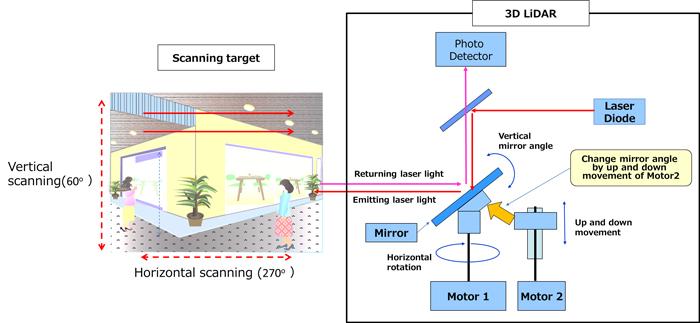
“Autonomous robots need to detect the condition of the ground as well as the objects around them since they will be operated inside and/or outside facilities with many moving objects including people,” the Japanese tech company said.
In addition to its wide view angles, the company said, its 3D LiDAR can easily vary its detection settings based on the objects in a specific area. If the device detects an area where there are many moving objects or people, its high sensing technology with a wide angle of view will be used; and in an area with fewer objects or people, its low sensing technology will be used.
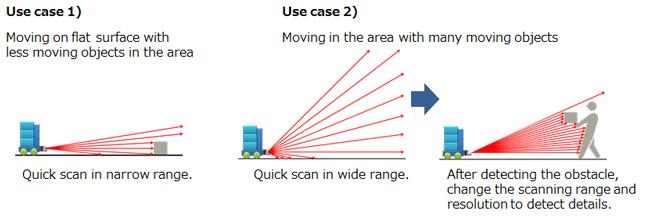
In the past two years, there had been high-profile reports of rolling mall robot mishaps, with one robot running over a toddler and one robot falling into a small fountain. Robotics and automated solutions are expected to become more integrated into complex social environments which require constant negotiation and analysis of safe pathing routes and collision prediction. Given current technological developments and their adoption, precision sensor technologies and the algorithms required to respond to the data in real time will become a priority for products looking to avoid liability issues that may arise from robot-human incidents.
